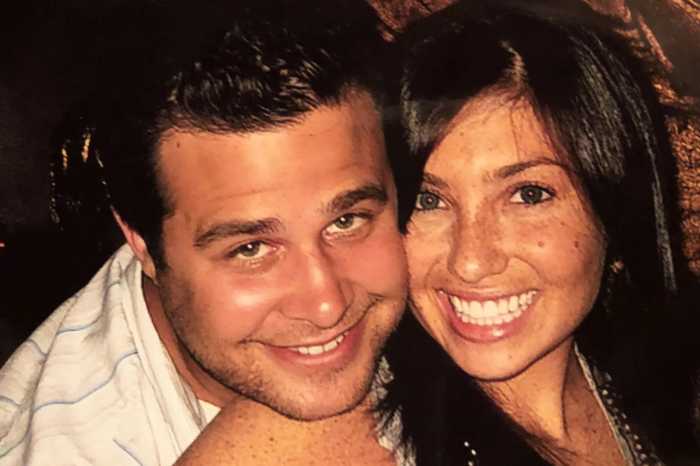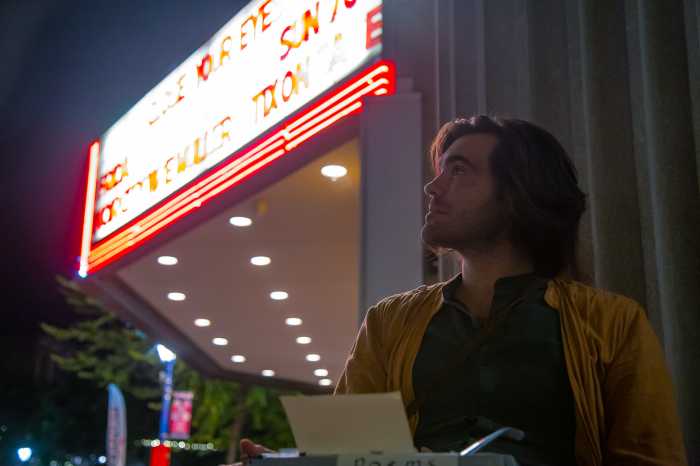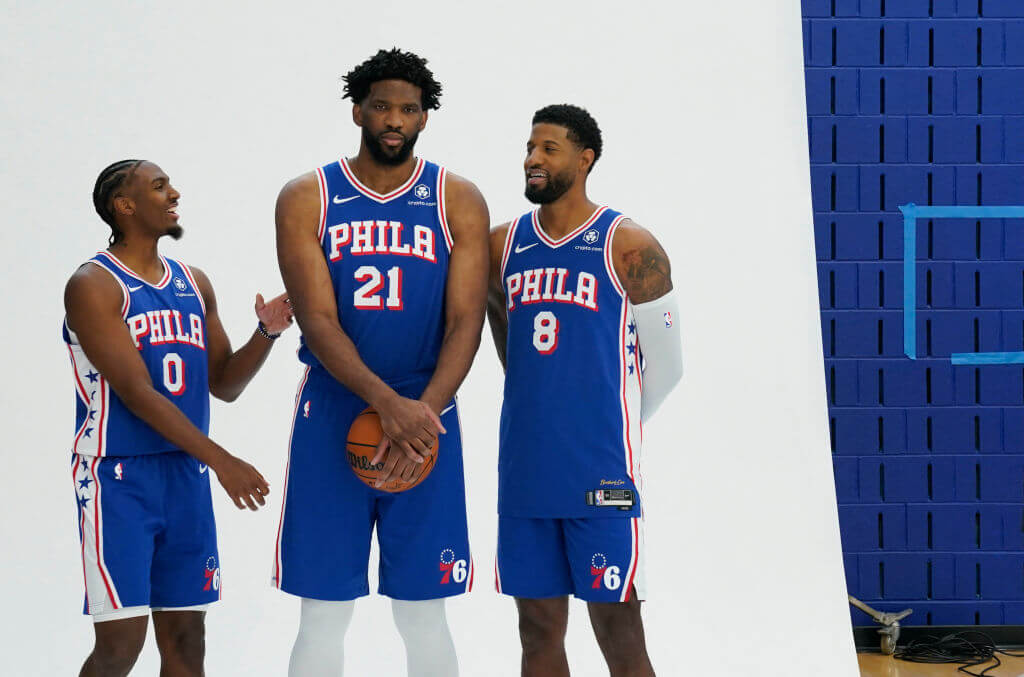Art can easily take on the form of life experiences, especially when you are telling a story that’s never quite been told before. With “Vandal,” first-time filmmaker Jose Daniel Freixas made the switch from producing to writing-directing specifically to tell this story the way he saw it.
Having grown up right in the heart of the Miami graffiti scene, Frexias wanted to show how the street world can very easily spill into the art world, and also a side of the city’s cultural scene that many people have never seen.
“Vandal” focuses on the young leader of a legendary Miami graffiti crew, Nick “Damage” Cruz, who brings with him his own legacy and own battles that he has to fight. Taking a look at rivalry, catharsis through art and more, it shows some inspirations of Frexias’ own experiences in life through fictionalized situations.
The first-time filmmaker sat down to discuss more on what into making ‘Vandal.’
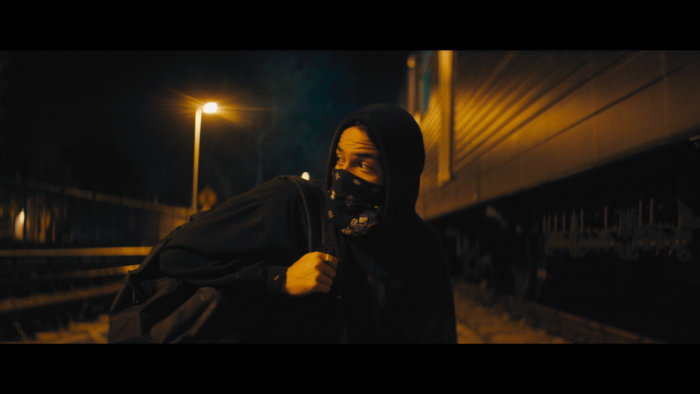
When did the idea for ‘Vandal’ start?
I could date it potentially back to as [early as] 10 years old. I’ve been doing graffiti since I was 10. It’s something I grew up doing. I would say more realistically thinking about this as a movie though was around the time I was graduating from high school. Eighteen to 20 years ago, graffiti wasn’t globalized like it is now. It wasn’t this world where you could make a career for yourself and make money and work with big brands and be in galleries — it really wasn’t like that. If you were in graffiti, you were a street outlaw in many ways and you would get arrested and it wasn’t an art-form that could give you a good life, if you will. So, I had to look in another direction if I wanted to stay in something creative and stay in something with the arts. That’s when I started thinking I can go to film school and maybe [make] a film about this world and graffiti.
In “Vandal,” did you pull from your own experiences in this world or did you fictionalize most of the story?
A little bit of all of it. It’s definitely based on my stories, some of my friends stories and some people I’m not even friends with — famous stories that trickled around the graffiti circles. They are all fictional characters not totally based on real [people], so a little bit of everything. It’s definitely inspired by true stories, but not based on it directly.
Was this something you always envisioned that you would direct as well?
Yes and no — I came in as a producer and always had it in my mind as being a producer. Being a director is not a big aspiration. Considering “Vandal” is the first thing I’ve ever directed — I’ve never directed a commercial or a short film — I had no practice. I just had experiences seeing what it was like to produce for directors that maybe don’t share the same vision. I’ve had very personal projects that I wrote and produced, but, at the end of the day, it was the directors call. This was too personal to me. I’m going to win with this one or go down with this ship. This is going to be good because of me or suck because of me and I can live with myself. But I can’t live with it being something that I don’t love and it was in someone else’s hands.
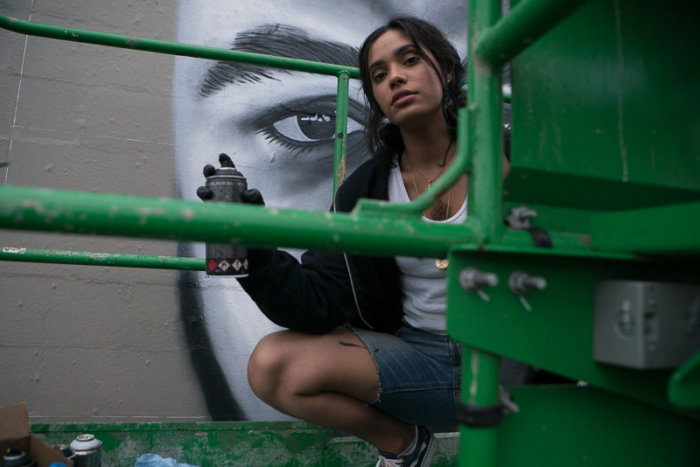
How was the experience of your first time directing? Anything surprising for you?
I don’t know if surprised is the right word, but punched in the face sounds more like it. Everything that I thought it was going to be was more than I ever thought. I can tell you across the board, the preparation is next level. It’s a whole different hat that you’re wearing and a whole different part of your brain that you’re accessing. Certainly being a producer helped me, but it was just a whole different ball game. I gained a new level of respect for actors in film — it’s hard and not easy in any respect. But all together, you’re trying to dance with all of the departments and make it flow; it was way more than I thought it was going to be. Your brain never stops moving and you’re always thinking about, what’s next?
What were some characteristics of Miami and graffiti that you wanted to get across on screen?
Just being a graffiti artist in Miami, it’s what I know. I don’t think I could have done a film about graffiti in Los Angeles or New York because I don’t know what that scene looks and feels like. I know that in Miami in the era when I was coming up, it was really aggressive… There was a lot of fighting and the crews were a little more like gangs, so you had to really be tough to be in this world. Someone came and crossed you out, you were going to have to be prepared to cross him back out and if you see him, you’re going to have to fight him. Those are the rules. So being in graffiti came with a level of responsibility but it’s not like being an artist with your art in a gallery. I wanted to show that which, by the way it’s not still just my era, it still happens to this day with street graffiti. There’s a bit of a code there and if you’re going to do it, you’ve gotta be ready to step up and defend yourself. But it’s also bringing the past of my experiences and mixing with the current state of the game. In Miami [specifically], it’s very spread out. You’re in the car and it’s an adrenaline rush and very Hispanic as well. My parents are both from Cuba and I speak Spanish, and most of the people I was near and around were hispanic, so that’s a flair and a vibe in the graffiti scene that might not be the same in other cities.
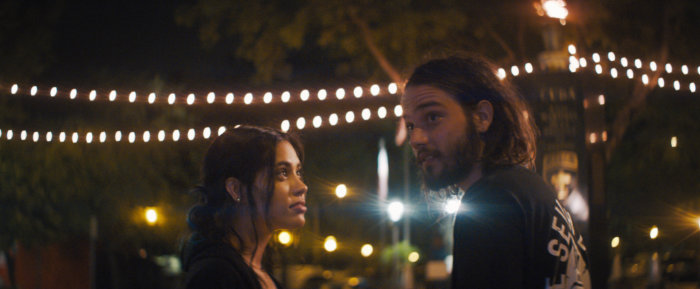
How does it feel for you to have this personal project come to fruition on screen?
It’s incredible… It’s why we do this stuff. Even if it’s a fictional script, [it still] had some sort of personal feelings or vibes from the director and for this to be a subject that no-one has covered in a film from the perspective of Miami, it’s a great feeling. It’s why filmmakers work so hard and put our lives into projects and give it the time of day. I always say it’s okay if someone doesn’t like the movie or likes the film, those comments are equal to me. It’s more that you’re interested in wanting to watch it and willing to give it a chance… that makes me more happy for sure.
“Vandal” is now available through Digital and On Demand





